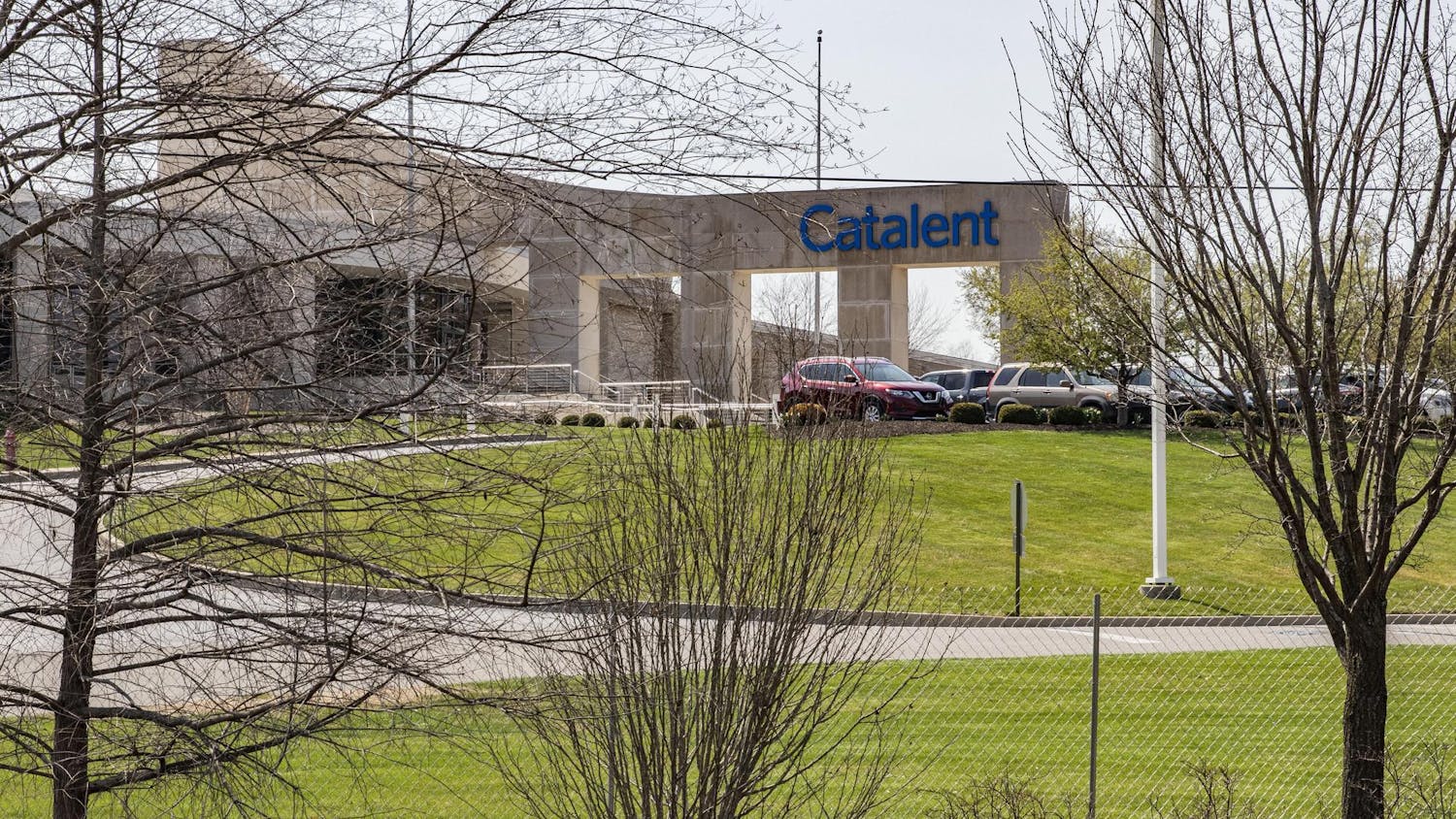As litigation proliferates across the country concerning affirmative action in college admissions, University officials say IU will maintain its commitment to recruiting and retaining a diverse student body. \nIU Vice Chancellor for Enrollment Services Don Hossler said while the Bloomington campus does not have a specific policy mandating affirmative action-based admissions, administrators and officials within the Office of Admissions feel much can be gained by attracting a diverse cross-section of students. \nIU filed an amicus brief in February 2003 supporting Grutter v. Bollinger, the Michigan case concerning affirmative action policy. In Grutter, U of M said it believes considerations of race in admissions foster a diverse campus. \nIU supported Regents of the University of California v. Bakke and Grutter because the University believes diversity in legal education is a vital component of comprehensive higher education. In a statement last year, then- Interim IU President Gerald Bepko spoke to that commitment.\n"Faculty at the IU School of Law have determined that a diverse student body in the school is an important part of the school's efforts to provide the highest quality education possible to all its students," Bepko said in a statement. \nHossler said that while a number of institutions of higher education filed similar briefs in the Supreme Court, he was unaware of any filed in support of the case's plaintiffs against the use of affirmative action policy. \n"I believe that society and institutions and students are served by having a wide range of folks from a wide variety of backgrounds, whether ethnically, socioeconomically or geographically," Hossler said. "We work hard at getting students from all over the country and world, and we're a richer place for having done that."\nThe 1964 Civil Rights Act stipulated the use of separate procedures pertaining to race were legally applicable in recruitment and admission of a diverse collegiate demographic. However, recent incidents at the University of Michigan, the University of Georgia and the University of Washington law schools have sparked scrutiny into the application of Title VI, as well as the contemporary role of a 1978 Supreme Court decision stating universities could consider race when screening applicants.\nUsing affirmative action policies becomes particularly sticky for more selective institutions, many of which draw on a relatively homogenous pool of students based on standardized testing and GPA considerations. Removing the element of race from admissions across the board may facilitate a "resegregation" of sorts in which students of relatively lower socioeconomic status are be forced into two-year or community colleges, Hossler said. \nIn Texas, mounting pressures surrounding a controversial initiative to admit all in-state students who graduate in the top 10 percent of their public high schools have led lawmakers to reconsider the measure. Since its inception in 1997, HB 588 has allowed state universities and flagship schools in the state to appease opponents of the state's previous affirmative action-based admissions policy overturned by the case Hopwood v. Texas. \nProponents of the Texas' plan cite racial and socioeconomic diversity in freshman classes as key advantages of HB 588. However, their adversaries -- namely parents of students falling just below the 10 percent line or alumni of Texas public colleges -- claim the "10 percent" admits are flooding Texas campuses and limiting opportunities for other, perhaps equally promising, students. \nA recent survey compiled by the Chronicle for Higher Education stated nearly 80 percent of outgoing high school seniors reported a major Texas flagship school, such as the Austin or College Station campuses, as their first choice. The study also claimed 88 percent of the top 10 percent graduates who preferred either Austin or College Station enrolled there. \nThough this data may point to the "flooding" impact of top-10 percent admissions policies, students ranging from the top 10 to 20 percent of their graduating classes also had good chances of admission on major Texas campuses. Nearly 75 percent of those students enrolled at their top-choice flagship campus.\nIU trustee Patrick Shoulders said he feels the Texas 10 percent plan will not be sufficient to ensure a diverse student body. Shoulders said IU's support of the Grutter case exemplifies the University's commitment to diversity. \n"I am proud that IU filed an amicus brief in support of the University of Michigan's position in the Supreme Court last year," Shoulders said. "I believe that action demonstrates the IU trustees' support for the proper consideration of race as one of many factors which should be considered in the admissions process."\nTrustee and Indiana attorney Stephen Backer agreed. \n"I'm not sure the Texas plan would work in Indiana," Backer said. "It wouldn't work as well as trying to come up with some method to ensure diversity. IU was one of the first universities to embrace international students, back when Herman B Wells was president. He was truly a pioneer in those days." \nHowever, Hossler said he believes considerable obstacles remain in leveling the playing field for students of under-represented sectors to gain admission to competitive universities. \n"I personally believe there are still inequalities in society that are not perfectly correlated with race," Hossler said. "There's still high correlation between parental education, family income and ethnicity. We haven't completely wiped that out yet."\n-- Contact senior writer Holly Johnson at hljohnso@indiana.edu.
Texas plan, UMich case highlight debate on diversity policies
Get stories like this in your inbox
Subscribe





